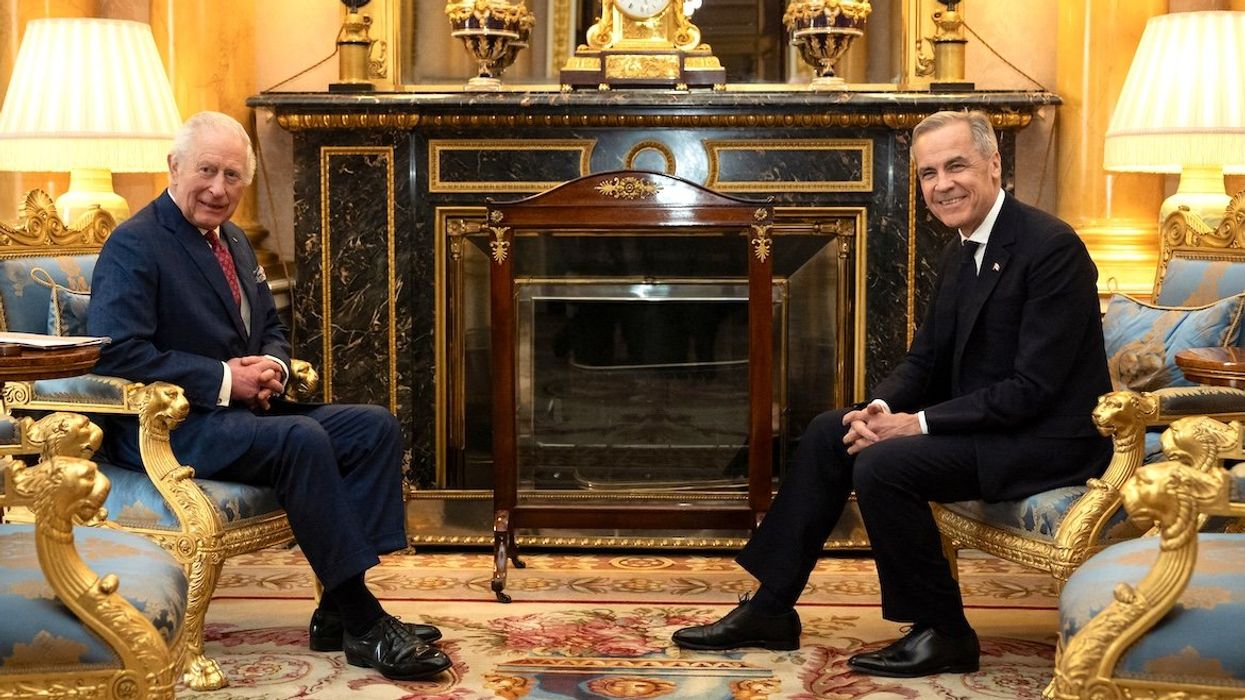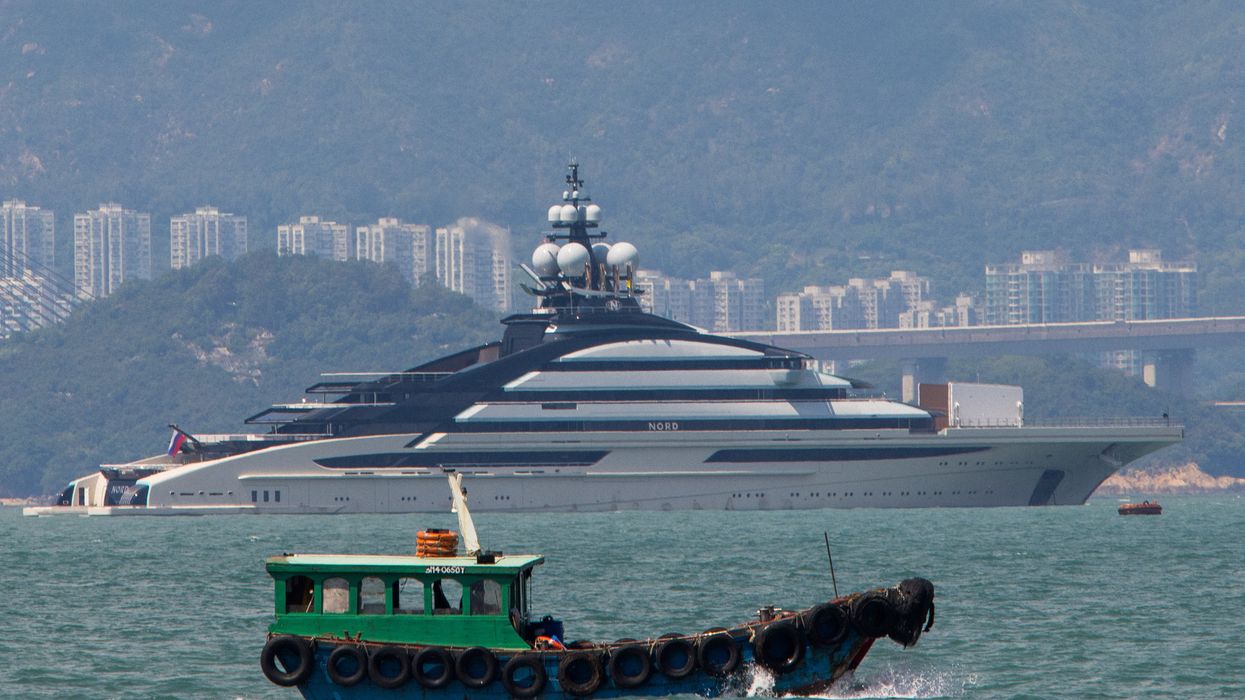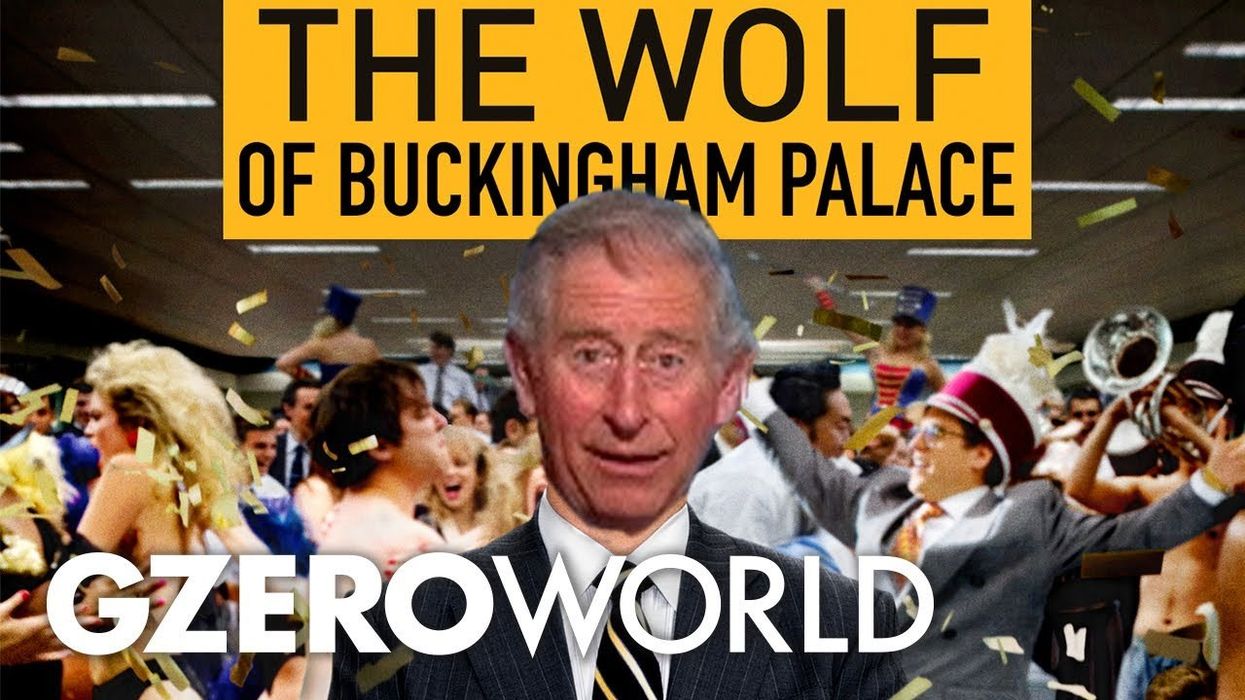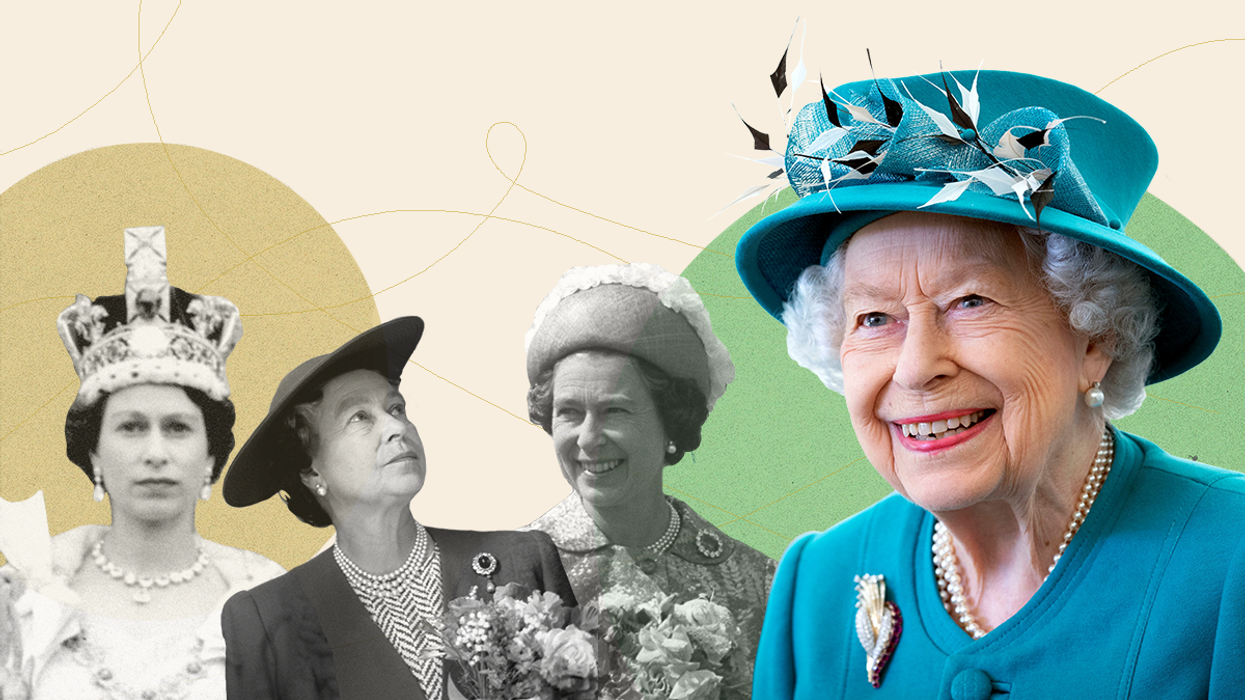popular
Will King Charles give the throne speech in Canada?
King Charles is rumored to have been invited to Canada to deliver the speech from the throne, likely in late May, although whether he attends may depend on sensitivities in the office of UK Prime Minister Keir Starmer.
Apr 30, 2025




